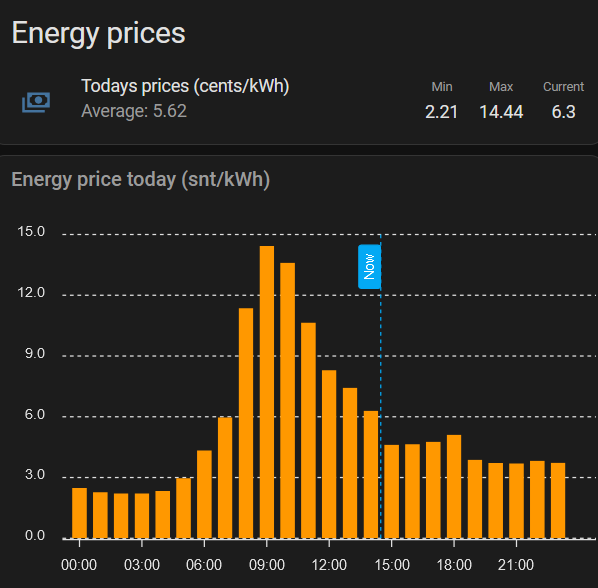I’ve been exploring the world of home automation for some time now. Like many hobbyists, I’ve found that having multiple platforms for lighting, sensors, etc. can be frustrating. There are a few open-source options available, the most popular being Home Assistant and openHAB.
I’ve tried both, but personally I prefer Home Assistant due to its ease of use and strong community support. In this post, I won’t delve into the process of installing and configuring Home Assistant, as you can easily find good documentation and videos on that. I’ll just mention that you can run Home Assistant virtually on any device. I used to run it on Raspberry Pi for a while, but currently as I started playing around with virtualization at home, I run it inside a VM on Proxmox.
Instead in this post, I’d like to focus on some of the cool and useful things you can do with home automation.
As I live in an apartment, my setup primarily consists of sensors, cameras, bulbs, and switches. While it’s fun to play around with lights and sensors, a smart home should offer real value. So, here are some ideas I’ve implemented in my own home that might be useful for you:
- Wake-up light: I have an automation that gradually turns on a lamp and increases its brightness 10 minutes before my alarm goes off.
- Excess positive pressure alarm: My apartment building’s air circulation is managed by a machine on the roof. During the winter, when exhaust air was insufficient, this resulted in excess positive pressure inside the apartments. This caused moisture to leak through windows. To prevent this, I set up an automation to monitor the air pressure inside and outside. If the pressure outside is lower than inside for a significant amount of time, I receive an alert message via Telegram. With a few messages, I know to make a maintenance ticket to check the machine. You can use sensors in your home to automate various things, such as monitoring moisture in the shower room and triggering air exhaust after each shower. I used Node-Red in Home Assistant to achieve this. Here is an example of Telegram flow:

- Monitoring electricity spot prices: This is probably one of the most useful and spot-on things I’ve done recently. Monitoring electricity prices can save you a lot of money, especially during energy crises. I don’t have electric heating, so I’ve adjusted my LED strip to indicate different colors for high or low electricity prices. However, if you live in a detached house with electric heating, you can automate your heating equipment to heat more when electricity is cheap, etc. If you reside within the Nord Pool area, you can use Nord Pool integration for Home Assistant.

These are just a few ideas for simple automations. You can find plenty more online.
Home automation can be both nice and useful.